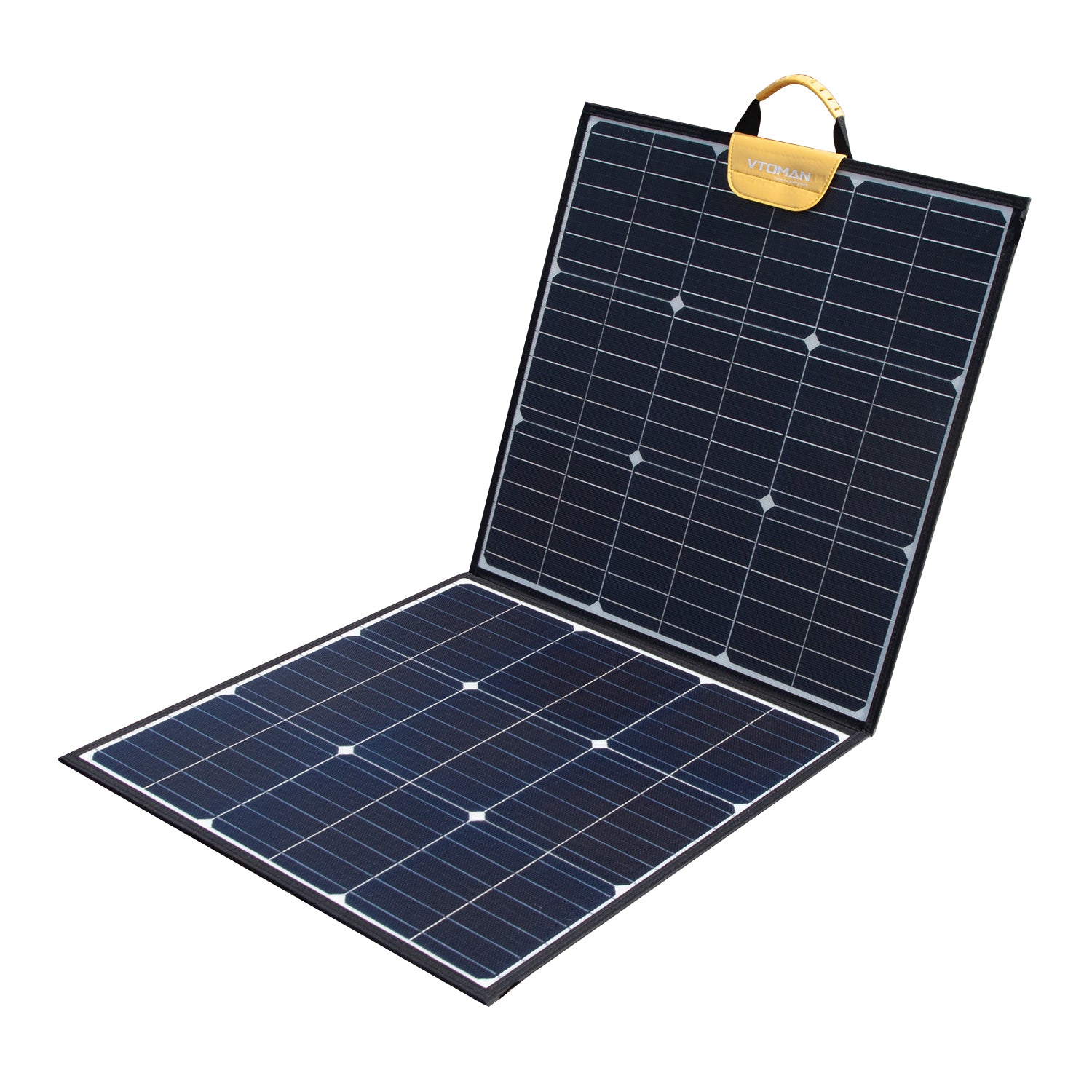RV solar panels offer a unique opportunity for travelers to harness the power of the sun and enjoy the freedom of off-grid living. With the right knowledge and equipment, you can maximize the benefits of solar power and truly embrace the concept of solar-powered freedom.
Understanding RV Solar Panels
Solar panels for RVs are designed to capture sunlight and convert it into usable electricity. These panels are typically made up of photovoltaic cells that generate direct current (DC) electricity when exposed to sunlight. This DC electricity is then converted into alternating current (AC) electricity through an inverter, making it compatible with the appliances and devices in your RV.
When it comes to RV solar panels, there are two main types to consider: monocrystalline and polycrystalline. Monocrystalline panels are made from a single crystal structure, making them more efficient and expensive. Polycrystalline panels, on the other hand, are made from multiple crystal structures and are slightly less efficient but more affordable.
Calculating Your Power Needs
Before investing in RV solar panels, it's important to determine your power needs. Consider the appliances and devices you plan to power with solar energy and calculate their energy consumption. This will help you determine the size and number of solar panels you need to meet your power requirements.
For example, if you plan to power a refrigerator, lights, water pump, and a few electronic devices, you'll need to calculate the total wattage of these appliances and devices. Once you have the total wattage, you can divide it by the average daily sunlight hours in your location to determine the number of solar panels needed.
Optimizing Solar Panel Placement
The placement of your RV solar panels plays a crucial role in maximizing their efficiency. Ideally, solar panels should be installed on the roof of your RV, where they can receive direct sunlight without any obstructions. This ensures that they capture the maximum amount of sunlight throughout the day.
It's also important to consider the angle and tilt of your solar panels. The optimal angle for solar panels varies depending on your location and the time of year. To maximize efficiency, you can use adjustable mounts or tilting brackets to optimize the angle of your panels based on the sun's position.
Maintaining and Monitoring Your RV Solar Panels
Proper maintenance and monitoring are essential to ensure the longevity and efficiency of your RV solar panels. Regularly inspect your panels for any signs of damage or debris that may obstruct sunlight. Clean the panels with a soft cloth and mild detergent to remove dirt and grime.
Additionally, it's important to monitor the performance of your solar panels. Keep an eye on the charge controller, which regulates the flow of electricity from the panels to the battery. Ensure that the battery is properly charged and that the solar panels are generating the expected amount of electricity.
By following these maintenance and monitoring practices, you can ensure that your RV solar panels continue to provide you with reliable and efficient power for years to come.
Conclusion
Solar-powered freedom is within reach for RV enthusiasts. By understanding the basics of rv solar panels, calculating your power needs, optimizing panel placement, and maintaining and monitoring your system, you can make the most of this innovative technology and enjoy the benefits of off-grid living.

